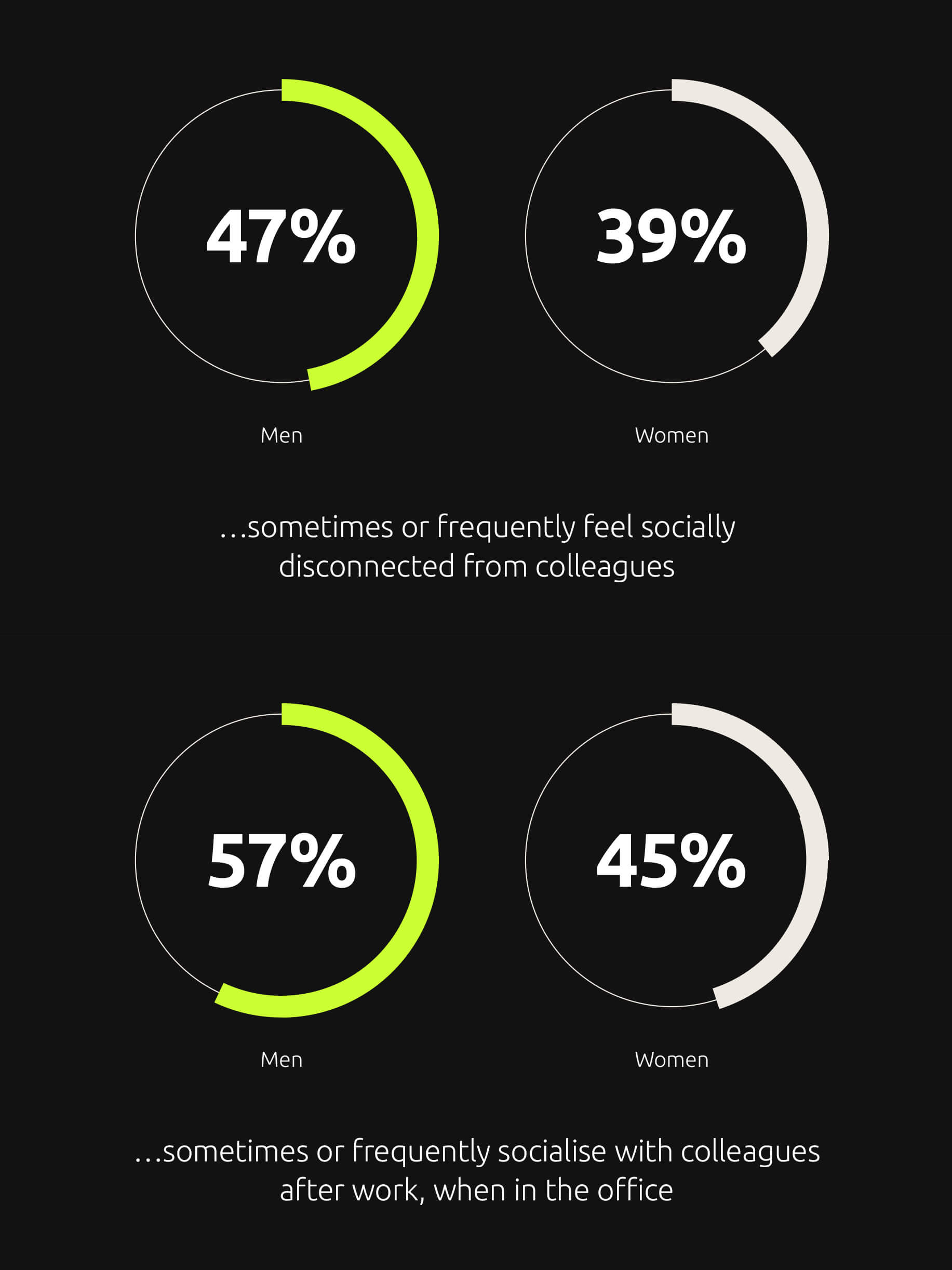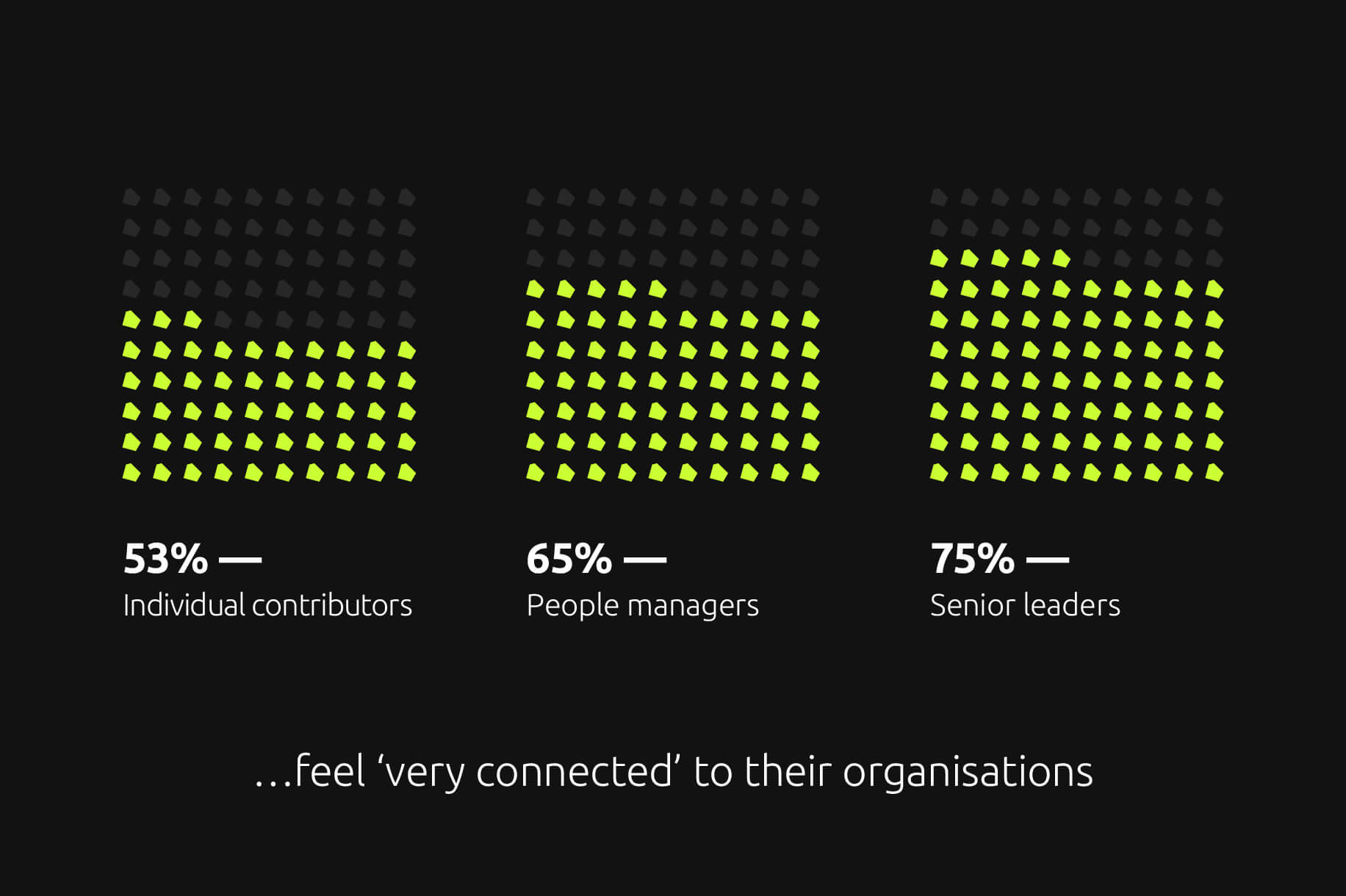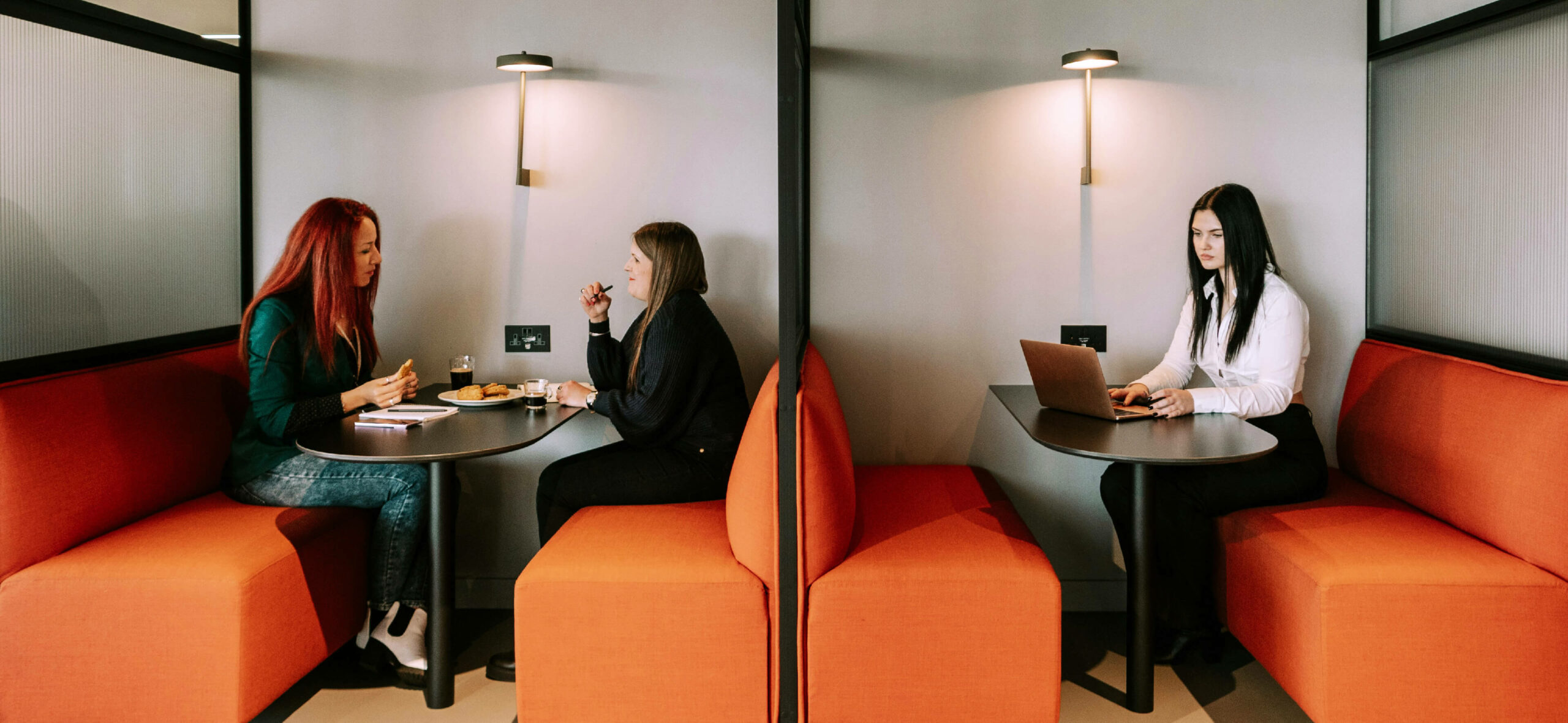Trending — The Hybrid Future —
Nurturing meaningful connections or drifting apart?
Nurturing meaningful connections or drifting apart?

Author: Sepideh Yekani
June 2024
People are unique in their journey towards connectivity. In work environments, many thrive in the lively exchanges and the buzz of their co-workers, energised by the active atmosphere. Meanwhile, some prefer quieter spaces, finding value in less frequent, yet purposeful interactions.
With the shift to hybrid work models – where employees split their time between home, office, and beyond – the spectrum of experiences expands.
Hybrid working may primarily serve those who appreciate a balanced approach to social engagement, seamlessly transitioning between interaction and solitude as needed. However, remaining questions persist for those who thrive on the daily physical presence of colleagues and cherish face-to-face interactions. Moreover, as we navigate this new era, how will connections to organisations endure? How can organisations ensure that these connections remain ingrained in the fabric of their employees’ experiences?
As working models continue to evolve, our research project, The Hybrid Future (THF), remains committed to comprehending the diverse impact of hybrid working. This article will share some insights gathered from our THF campaigns and delve into the nuances of connecting with colleagues and the organisation.
Insights from The Hybrid Future
Through the lens of our study, it becomes clear that connection is a complicated experience. Notably, half of our participants highlight socialising and bonding as a primary reason for visiting the office, emphasising the pivotal role of social interaction in enticing employees to be physically present. Meanwhile, 42% of respondents reported ‘sometimes’ or ‘frequently’ feeling socially disconnected from their colleagues in remote settings, indicating a need for attention to remote social dynamics. The sense of connection doesn’t distribute evenly across the board; it reveals an interesting gender dynamic. While women generally socialise less after work than men when they are in the office, 39% of women said they ‘sometimes’ or ‘frequently’ feel socially disconnected, compared to 47% of men.
Figure 01 – Social connection with colleagues by gender

The narrative deepens when considering the impact of hierarchical roles within an organisation. Senior leaders are more likely to find themselves disconnected from colleagues and left out of critical discussions due to remote working, situations that were once mostly addressed within the physical walls of the office before the hybrid working era. However, managers and individual contributors appear to feel this isolation less acutely, according to the data.
When it comes to seeking further connection, approximately one in three (28%) of our respondents express a desire to socialise more with their colleagues. Digging deeper, individuals living or working in city centres are 10 percentage points (pp) more likely to desire more socialising with colleagues compared to those in suburban areas. Additionally, 41% of new joiners who have been with the organisation for 0 to 6 months are notably more inclined to desire more socialising, especially when compared to those with over 12 years of tenure (24%). These findings underscore the importance of understanding individual preferences and tailoring work environment policies and strategies to foster meaningful connections.
Another aspect of connection – the bond with the organisation itself – is also crucial, especially as employees may choose to refrain from returning to their physical offices for extended periods. This concern weighs heavily on employers who fear that without regular exposure to the brand, culture, and colleagues, employees might start to feel disconnected from the organisation’s core values and mission.
Our THF findings unveil an intriguing trend: 58% of respondents feel ‘very connected’ to their organisation, while 33% feel ‘somewhat connected’, indicating areas for potential improvement. A deeper analysis across different roles reveals a distinct pattern: individual contributors are 22 pp less likely to feel ‘very connected’ than senior leaders. This noticeable gap highlights the importance of addressing factors contributing to differing levels of sense of belonging to organisations among various employee roles.
Figure 02 – Sense of belonging to organisations across different roles

Interestingly, our findings reveal that an employee’s sense of belonging to their organisation isn’t necessarily linked to how often they physically attend the office. Instead, it’s shaped more by recognition and appreciation within a transparent culture, and by ample opportunities to connect and socialise with colleagues in an environment that upholds shared values and purposes. This enlightening discovery underscores the significance of social connections in nurturing a sense of belonging to the organisation once again.
Figure 03 – The top three factors for respondents to feel more connected to their organisations

The transition to hybrid working models has revealed profound insights into how individuals connect with their organisations and colleagues in various ways and across different environments. Despite the physical separation imposed by hybrid working, many employees still maintain a strong connection to their organisations and colleagues. However, it remains a significant challenge to reassess how we nurture these connections and relationships amidst evolving work dynamics. Moving forward, understanding the diverse needs and preferences of our employees will be crucial, alongside fostering a workplace where every individual feels valued, supported, and connected.


